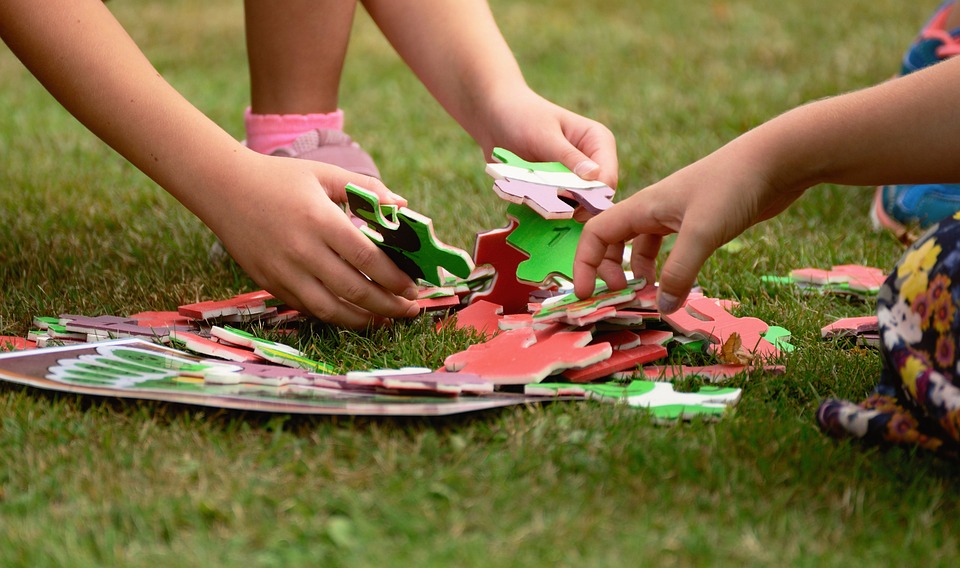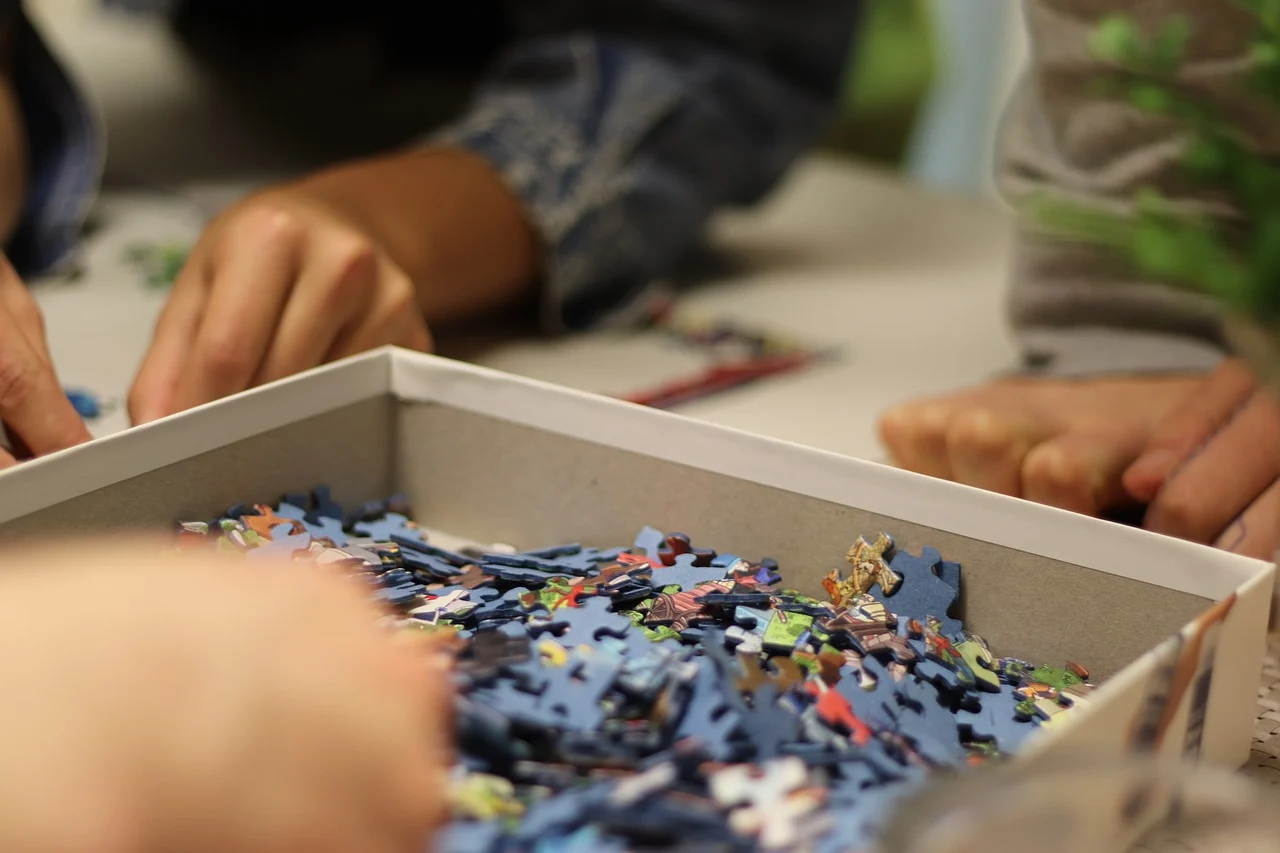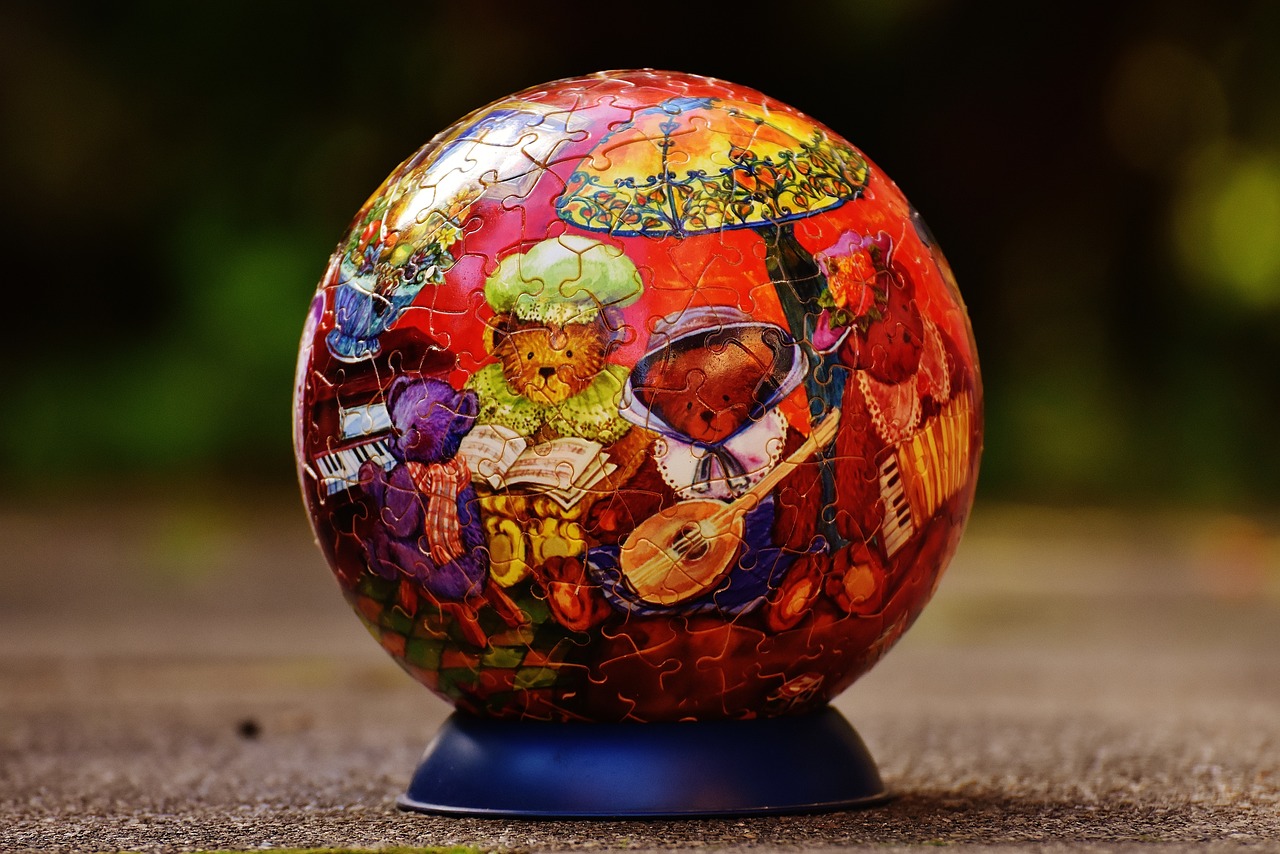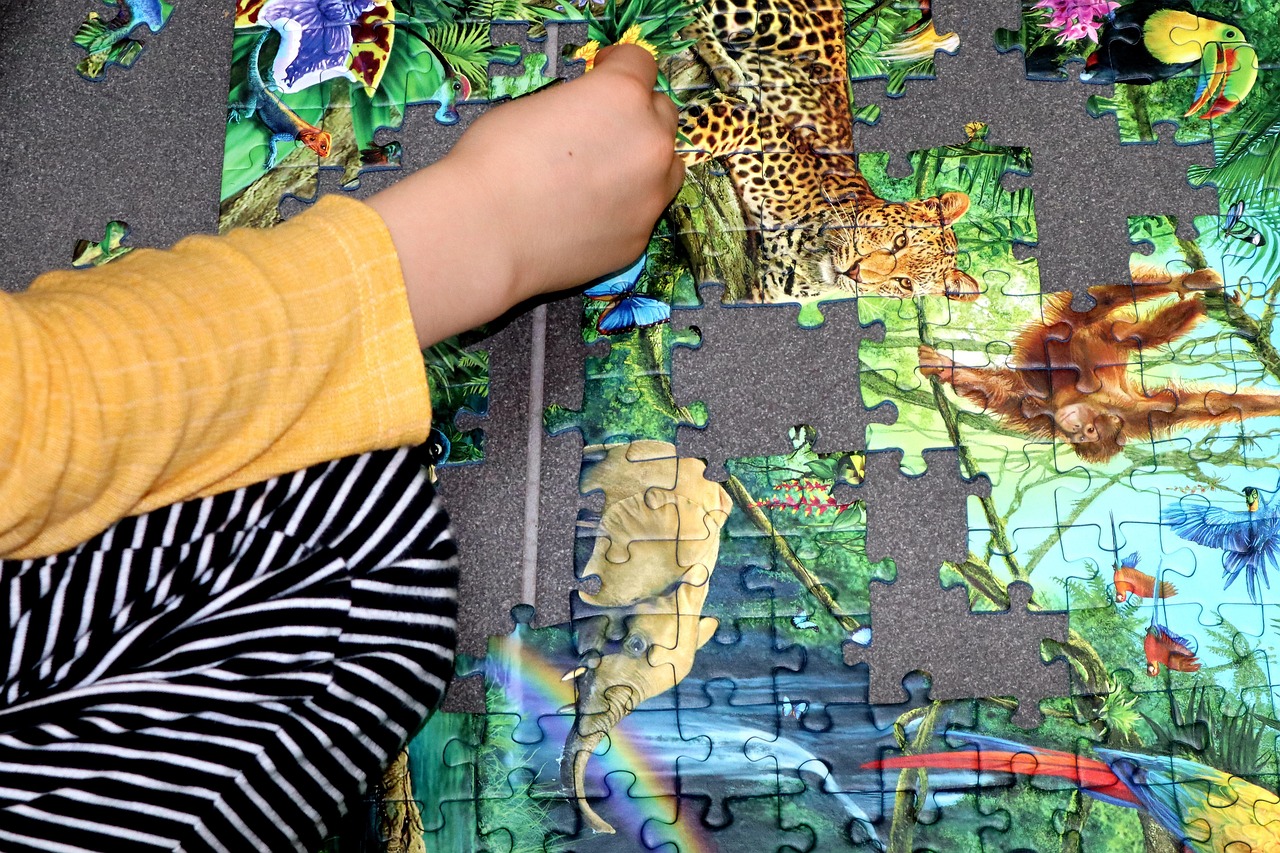English
The Ultimate Guide to Puzzles: Benefits, Types, and Selection Tips
Puzzles are a beloved pastime that offers numerous benefits for both children and adults. Their simple design and affordable price make them accessible to everyone. Whether you are looking to entertain a child or engage in a relaxing activity as an adult, puzzles are an excellent choice. This blog post will explore the many benefits of puzzles, the different types available, and how to select the right puzzle for your needs.
Benefits of Puzzles
Puzzles are more than just a fun activity; they offer a wide range of benefits for cognitive development, mental health, and social skills. Let’s delve into these advantages.
Benefits for Children:
1. Visual Development: Puzzles are often brightly colored and visually stimulating, which can promote visual development in young children. By engaging with different colors and shapes, children can enhance their visual perception and understanding.
2. Logical Thinking and Math Skills: Puzzles help children develop logical thinking and math skills. By figuring out how different pieces fit together, they learn about spatial relationships and geometry, which are fundamental concepts in mathematics.
3. Observation and Analysis: Completing a puzzle requires children to carefully observe the pieces and analyze how they fit together. This process improves their ability to notice details and develop critical thinking skills.
4. Hand-Eye Coordination: As children manipulate puzzle pieces, they improve their hand-eye coordination. This activity helps them develop fine motor skills and improves their ability to coordinate their movements with their visual input.
5. Focus and Patience: Completing a puzzle takes time and requires a great deal of patience and focus. Children learn to concentrate on the task at hand and persist until they achieve their goal, which is a valuable life skill.
6. Social Interaction: Working on a puzzle with others can help children develop their communication and teamwork skills. They learn to share, collaborate, and solve problems together, which can enhance their social interactions.
7. Building Confidence: Successfully completing a puzzle gives children a sense of accomplishment and boosts their confidence. This feeling of achievement can encourage them to tackle other challenging tasks with a positive attitude.
8. Organizational Skills: Playing with puzzles also teaches children the importance of organization. They learn to sort pieces, plan their approach, and keep their workspace tidy, which are useful habits in daily life.
Benefits for Adults:
1. Stress Relief and Mental Relaxation: For adults, working on a puzzle can be a great way to unwind and relieve stress. The repetitive action and focus required can help calm the mind and provide a sense of relaxation.
2. Cognitive Benefits: Puzzles can help adults maintain and improve their cognitive abilities. They stimulate the brain, enhance memory, and improve problem-solving skills, which can be particularly beneficial for older adults in preventing cognitive decline.
3. Focus and Patience: Just like for children, puzzles require adults to concentrate and be patient. This can help improve their ability to focus on tasks in other areas of their lives, such as work or studies.
4. Systematic Thinking: Completing a puzzle helps adults develop systematic thinking. It encourages them to approach problems methodically and consider different perspectives, which can be useful in solving everyday challenges.
5. Achievement and Confidence: Completing a difficult puzzle provides a sense of accomplishment and boosts confidence. This can be particularly rewarding for adults who face many challenges in their daily lives.
Types of Puzzles
Puzzles come in various types, each offering a unique challenge and experience. Here are some of the most common types:
1. Single-Sided Puzzles: These are the most traditional type of puzzles, featuring a single image printed on the pieces. The themes often include landscapes, buildings, and well-known artworks. Some companies also offer custom puzzles made from personal photographs.
2. Double-Sided Puzzles: These puzzles have images printed on both sides of the pieces, adding an extra layer of challenge. Players must determine which side of each piece belongs to the puzzle, making it more difficult to complete.
3. 3D Puzzles: Unlike traditional flat puzzles, 3D puzzles allow players to build three-dimensional structures. These puzzles often depict famous buildings, monuments, or objects. The pieces are usually made from sturdy materials like wood or foam to support the construction.
4. Puzzle Boxes: These toys allow players to assemble small drawers or boxes with interlocking pieces similar to flat puzzles, which can store items inside.
3D puzzles
Materials of Puzzles
-
Paper: Paper puzzle comes in various types, such as blue core, gray core, and Chinese paper. Blue core paper is eco-friendly, light-proof, flexible, and has a good hand feel. Paper puzzles are suitable for all types, from children's to adult puzzles.
-
Wood: Wooden puzzles, made from natural wood or wood-based materials, are more durable and suitable for adults and collectors. They are also safer for children as they are less likely to break.
-
Plastic: Plastic puzzles are lightweight, easy to clean, waterproof, and have a high fit, making them ideal for children.
-
EVA Puzzle: These are made from EVA (ethylene-vinyl acetate) foam, making them lightweight and durable. They are often used as play mats for children and feature colorful designs to attract attention.
-
Acrylic: Acrylic puzzles are usually transparent, with patterns printed on the acrylic board and cut into puzzle pieces. They are suitable for adults looking for a challenge.
Choosing the Right Puzzle
Selecting the right puzzle depends on several factors, including the age and skill level of the player, the puzzle's difficulty, and the intended use. Here are some tips to help you choose the perfect puzzle:
For Children:
- Ages 1-2: For toddlers, choose simple puzzles with large pieces, typically 2-6 pieces, featuring familiar objects like animals or vehicles. These puzzles help develop basic motor skills and hand-eye coordination.
- Ages 2-4: As children grow, they can handle more complex puzzles with 10-30 pieces. These puzzles should still feature familiar themes and bright colors to keep them engaged.
- Ages 5 and Up: Older children can tackle more challenging puzzles with 50-100 pieces or even 3D puzzles. These puzzles help develop critical thinking and problem-solving skills.
For Adults:
- Skill Level: Choose a puzzle that matches your skill level. Beginners might prefer puzzles with fewer pieces and simpler designs, while experienced puzzlers can opt for intricate and high-piece-count puzzles.
- Interest: Select a puzzle that features a theme or image you are interested in. This will make the puzzle more enjoyable to complete.
- Material: Consider the material of the puzzle. Wooden and acrylic puzzles offer a different experience compared to traditional cardboard puzzles and can be more durable.
Conclusion
In conclusion, puzzles are a versatile and beneficial activity for both children and adults. They offer numerous cognitive, social, and emotional benefits, making them an excellent choice for anyone looking to improve their mental skills and relax. With various types and difficulty levels available, there is a puzzle for everyone. Whether you are looking to challenge yourself with a complex 3D puzzle or entertain a child with a colorful foam puzzle, you can find the perfect option.
Zhorya is one of the leading wholesale puzzle manufacturers offering a wide range of high-quality puzzles to meet your needs. Visit us at www.zhorya.com to explore our collection and find the perfect puzzle for your business.




